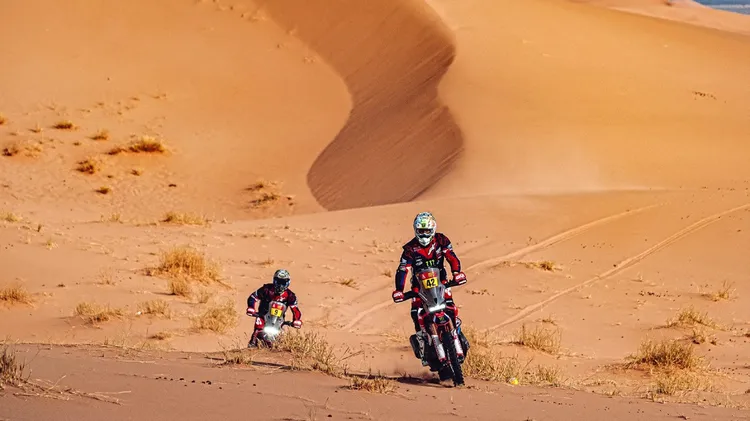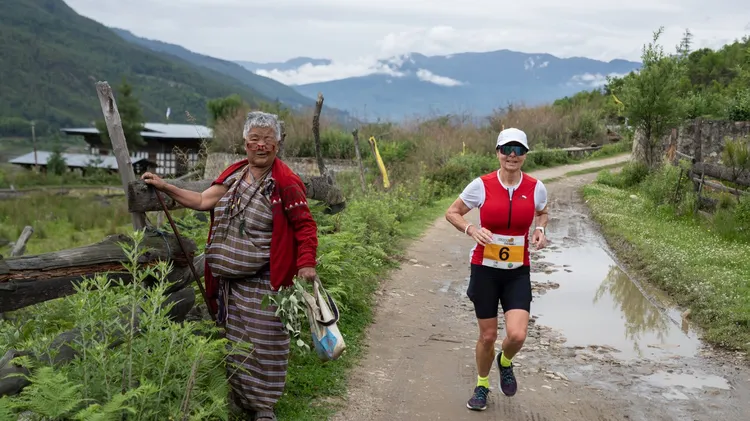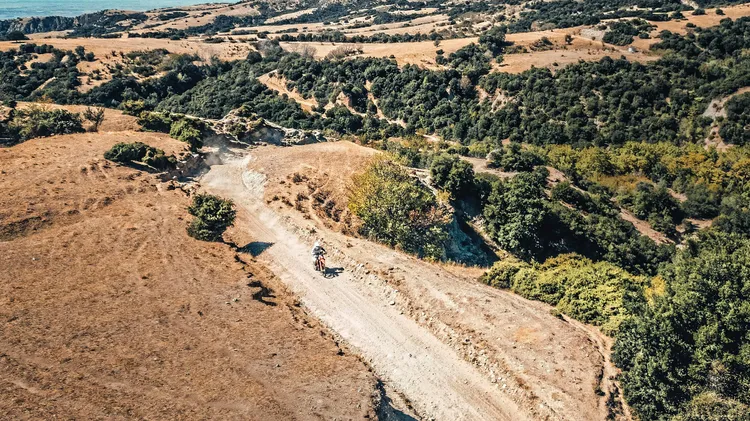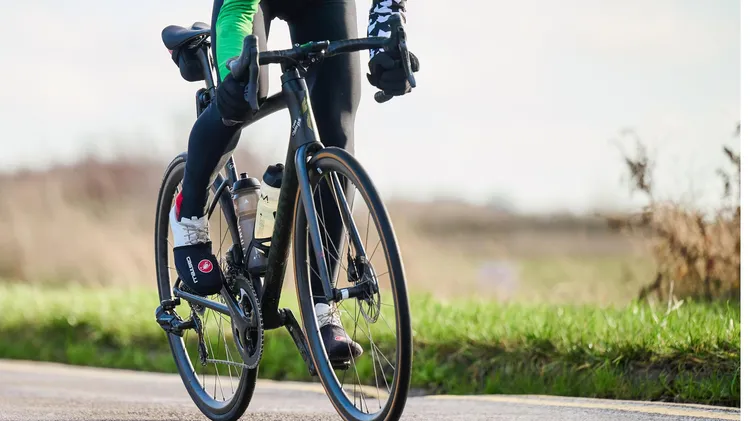The otherworldly beauty of Morocco meets the pain of a multi-day endurance ride
Another planet
6 min read
This article is from...
Read this article and 8000+ more magazines and newspapers on Readly






